IBJJF 2017 World Jiu-Jitsu ChampionshipMay 23, 2017 by FloGrappling
Training For 2017 Worlds At Marcelo Garcia's Gym
Training For 2017 Worlds At Marcelo Garcia's Gym
With a little less than two weeks before the start of the IBJJF World Championships the Marcelo Garcia Academy -- like many other schools around the country and around the world -- is in the thick of its preparation for the biggest tournament of the year.
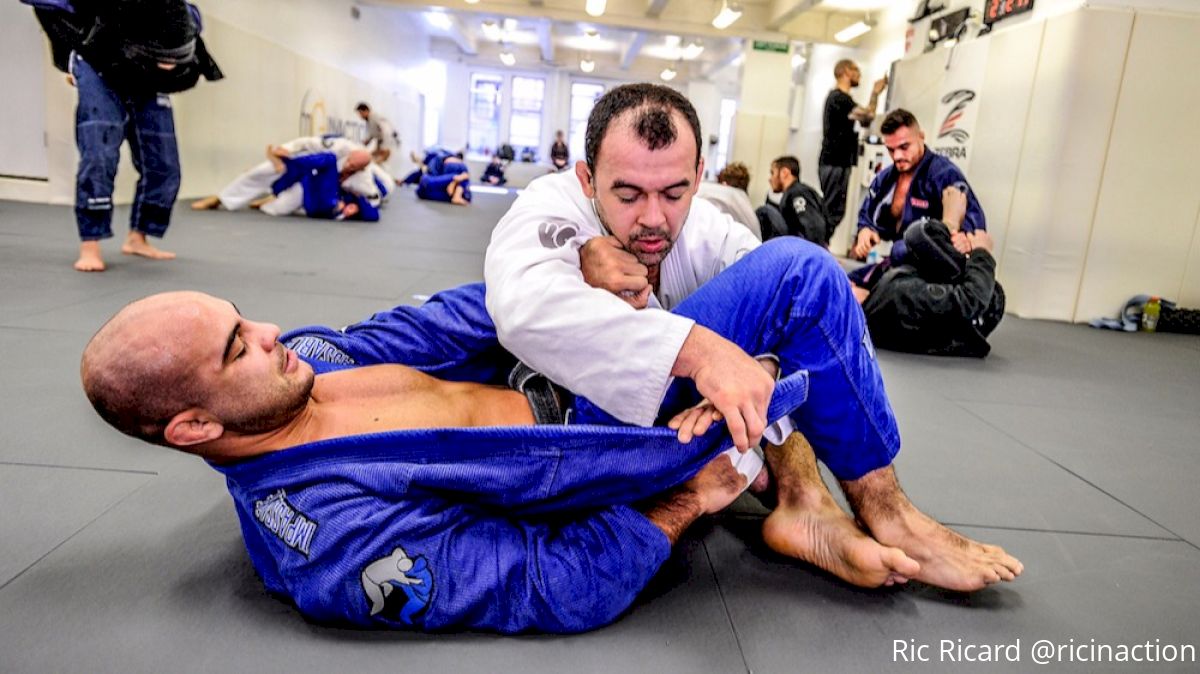
Gianni Grippo writes for FloGrappling about the intense training environment inside Marcelo Garcia's gym in New York.
With a little less than two weeks before the start of the IBJJF World Championships, the Marcelo Garcia Academy -- like many other schools around the country and around the world -- is in the thick of its preparation for the biggest tournament of the year.
From what I've seen while part of the MG team (since 2013) is that the preparation, even for the big tournaments, is very different from what is most common in other schools.
In this academy, there are no "camps" or special schedules for particular tournaments through the year. Our training routine and the intensity in our training remains the same 365 days a year.
A benefit to Marcelo's consistent training structure is that we're always prepared for any challenge that may come our way at the last minute. We've been able to have guys such as Matheus Diniz take two-day notice Metamoris matches with no issue. I did a similar thing when I fought Joao Miyao at Copa Podio. Because no matter the time of the year, the training remains the same, and therefore we're always ready.

For myself personally, the difference between competition season and non-competition season is that I'll usually focus on different techniques and I'll look to expand my game more, but besides that, nothing ever changes with the class structure.
In every one of Marcelo's classes, he leads us with a 10-minute warm-up, usually with the basic calisthenics and sometimes leads it into races down the mat with four people going at a time. It's always a fun way outside of just strictly jiu-jitsu to get you into the mindset of being first and being the aggressor. Just like how you want to be first to your position and start your attack before your opponent, you want to be first to that finish line.
The technique portion of the class usually consists more of concepts breaking down an entire position or situation that you can find in a match rather than just one particular technique. A lot of the time, the sequence is started with us attacking in a certain position of the week but then breaking down each of our opponent's options to counter and how to properly address all of them.
I feel as though this creates a "no think" mode when in a live situation since we already know all the counters an opponent could look for; therefore we are ready for an unlimited number of counters he/she may throw at us. The goal is always to remain ahead of every situation, and MG emphasizes this through his conceptual drilling structure.
The sparring portion is where the "fun" really begins. The night training goes longer than the afternoon as the classes run 30 minutes longer. Most of the time the training is simple, anywhere between five to 10 minute rounds, but Marcelo expects us (and especially those with aspirations of competing) to go hard. Whether the training lasts for 30 minutes or for an hour, you are expected to feel it afterward and feel as though you have nothing more to give.

Bernardo Faria ties his belt between rounds at the Marcelo Garcia Academy. Photo: Ric Ricard
But don't expect any easy rounds -- ever. The training is done respectfully but with intensity that makes you feel like the world championships are around the corner all the time.
But being through that grind day in and day out eventually brings you to the point where you don't even think about being sore or tired. If anything, you think more about the strange feeling when you're not feeling sore and are actually feeling pretty cheery in the morning.
Another harsh reality you quickly discover when in an intense training room is that there really is nowhere to hide. Not only is this a fact because 80 percent of the square footage of the gym is mat space but also because there are very few people in that room, blue through black belt, who aren't going to give you their 100 percent in every round.
If you aren't going with Marcelo or Bernardo or Matheus Diniz or Marcos Tinoco or Jonathan Satava, you better be ready to go hard with that tough purple or brown belt who is intent on not giving you an inch regardless of who you are or your rank. At MG's, especially with the lower ranks, what isn't there in technique is made up for in a willingness to go hard and continue to move forward. You will immediately understand where this mentality and style comes from if you have ever seen Marcelo Garcia in action.
Every round that ended now and then was (and is) always met with respect and gratitude, but in between the sounds of the buzzer there's a level of intensity I haven't seen much elsewhere.
After that first day, I wondered how I was going to survive that type of intensity, something even in 10 years of prior training I hadn't felt too often, day in and day out.
Well, I did so by not wondering so much and instead just showing up every day ready to work. Like everything, the hard work becomes a natural habit -- I eat when I'm hungry, I drink when I'm thirsty, and I give everything of what I have when I'm on those mats.
Read more from Gianni Grippo:
With a little less than two weeks before the start of the IBJJF World Championships, the Marcelo Garcia Academy -- like many other schools around the country and around the world -- is in the thick of its preparation for the biggest tournament of the year.
From what I've seen while part of the MG team (since 2013) is that the preparation, even for the big tournaments, is very different from what is most common in other schools.
In this academy, there are no "camps" or special schedules for particular tournaments through the year. Our training routine and the intensity in our training remains the same 365 days a year.
Consistency is key
That's what I like most about Marcelo's approach to training; he believes that consistency is key. It doesn't matter whether we have a gi or no-gi tournament coming up, if the training session is scheduled for no-gi, we train no-gi and vice versa.A benefit to Marcelo's consistent training structure is that we're always prepared for any challenge that may come our way at the last minute. We've been able to have guys such as Matheus Diniz take two-day notice Metamoris matches with no issue. I did a similar thing when I fought Joao Miyao at Copa Podio. Because no matter the time of the year, the training remains the same, and therefore we're always ready.

How the classes are structured
The class structure also never changes regardless of the time of year. There isn't any added training or added drill time because it's expected that what we do throughout the entire year is enough.For myself personally, the difference between competition season and non-competition season is that I'll usually focus on different techniques and I'll look to expand my game more, but besides that, nothing ever changes with the class structure.
In every one of Marcelo's classes, he leads us with a 10-minute warm-up, usually with the basic calisthenics and sometimes leads it into races down the mat with four people going at a time. It's always a fun way outside of just strictly jiu-jitsu to get you into the mindset of being first and being the aggressor. Just like how you want to be first to your position and start your attack before your opponent, you want to be first to that finish line.
The technique portion of the class usually consists more of concepts breaking down an entire position or situation that you can find in a match rather than just one particular technique. A lot of the time, the sequence is started with us attacking in a certain position of the week but then breaking down each of our opponent's options to counter and how to properly address all of them.
I feel as though this creates a "no think" mode when in a live situation since we already know all the counters an opponent could look for; therefore we are ready for an unlimited number of counters he/she may throw at us. The goal is always to remain ahead of every situation, and MG emphasizes this through his conceptual drilling structure.
The sparring portion is where the "fun" really begins. The night training goes longer than the afternoon as the classes run 30 minutes longer. Most of the time the training is simple, anywhere between five to 10 minute rounds, but Marcelo expects us (and especially those with aspirations of competing) to go hard. Whether the training lasts for 30 minutes or for an hour, you are expected to feel it afterward and feel as though you have nothing more to give.

Bernardo Faria ties his belt between rounds at the Marcelo Garcia Academy. Photo: Ric Ricard
Keeping the intensity high
The intensity of the training doesn't mean that things get mean or that we fight dirty to gain an advantage. Marcelo will get after you if you try choking over the face, and unless someone is training for no-gi ADCC rules matches, the academy follows IBJJF legal techniques (so that means no heel hooks).But don't expect any easy rounds -- ever. The training is done respectfully but with intensity that makes you feel like the world championships are around the corner all the time.
No chill
Sometimes on those days when I wake up sore from the previous day of training and realize I'm not even halfway through the week yet, the thought that there really is no chill mode at MG's can be a daunting reality.But being through that grind day in and day out eventually brings you to the point where you don't even think about being sore or tired. If anything, you think more about the strange feeling when you're not feeling sore and are actually feeling pretty cheery in the morning.
Another harsh reality you quickly discover when in an intense training room is that there really is nowhere to hide. Not only is this a fact because 80 percent of the square footage of the gym is mat space but also because there are very few people in that room, blue through black belt, who aren't going to give you their 100 percent in every round.
If you aren't going with Marcelo or Bernardo or Matheus Diniz or Marcos Tinoco or Jonathan Satava, you better be ready to go hard with that tough purple or brown belt who is intent on not giving you an inch regardless of who you are or your rank. At MG's, especially with the lower ranks, what isn't there in technique is made up for in a willingness to go hard and continue to move forward. You will immediately understand where this mentality and style comes from if you have ever seen Marcelo Garcia in action.
Intensity, Respect, Gratitude
I remember discovering the intensity of the training the first day I joined Marcelo's back in 2013. I remember mentally preparing myself to deal with Marcelo himself and Bernardo Faria and a then-New York-located Thomas Lisboa, but what I didn't expect was the intensity coming from then-purple belts Satava, Mansher Khera, Joel Burgess and a still-newer brown belt Diniz.Every round that ended now and then was (and is) always met with respect and gratitude, but in between the sounds of the buzzer there's a level of intensity I haven't seen much elsewhere.
After that first day, I wondered how I was going to survive that type of intensity, something even in 10 years of prior training I hadn't felt too often, day in and day out.
Well, I did so by not wondering so much and instead just showing up every day ready to work. Like everything, the hard work becomes a natural habit -- I eat when I'm hungry, I drink when I'm thirsty, and I give everything of what I have when I'm on those mats.
Read more from Gianni Grippo:
Related Content
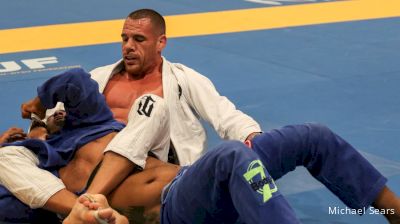 Every Non-Brazilian Jiu-Jitsu Competitor Who Has Won IBJJF Brasileiro
Every Non-Brazilian Jiu-Jitsu Competitor Who Has Won IBJJF BrasileiroApr 18, 2024
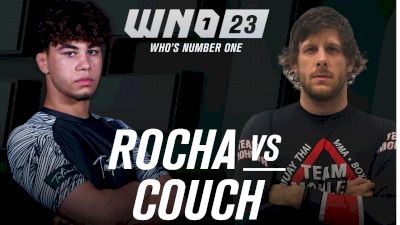 WNO 23 Undercard Announced, 4 Prelim Matches Complete The Card
WNO 23 Undercard Announced, 4 Prelim Matches Complete The CardApr 18, 2024
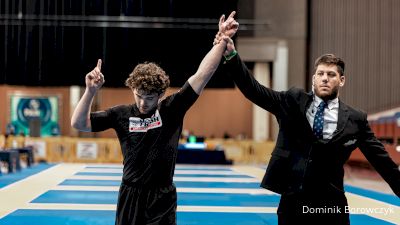 Dante Leon Officially Invited to ADCC 2024 At -77kg
Dante Leon Officially Invited to ADCC 2024 At -77kgApr 17, 2024
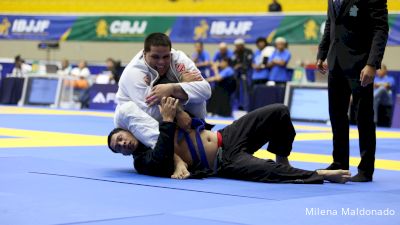 How To Watch IBJJF Brasileiro 2024
How To Watch IBJJF Brasileiro 2024Apr 17, 2024
 Destaques inscritos no Brasileiro de Jiu-Jitsu 2024 | Análise FloGrappling Ep.10
Destaques inscritos no Brasileiro de Jiu-Jitsu 2024 | Análise FloGrappling Ep.10Apr 16, 2024
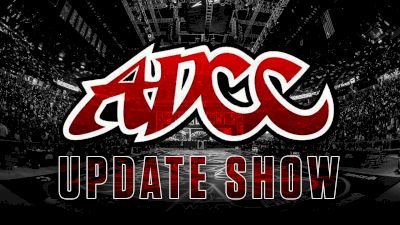 William Tackett Joins To Recap His Trials Run | ADCC Update Show (Ep 10)
William Tackett Joins To Recap His Trials Run | ADCC Update Show (Ep 10)Apr 15, 2024
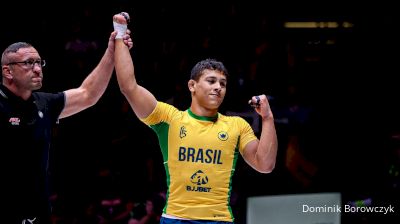 Mica Galvao Officially Invited to ADCC At -77kg
Mica Galvao Officially Invited to ADCC At -77kgApr 15, 2024
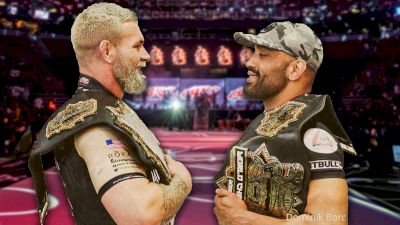 Every Athlete Invited To The 2024 ADCC World Championships
Every Athlete Invited To The 2024 ADCC World ChampionshipsApr 15, 2024
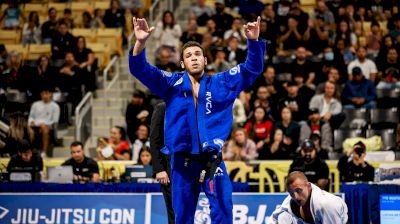 Tye Ruotolo Has Entered IBJJF Worlds At Middleweight
Tye Ruotolo Has Entered IBJJF Worlds At MiddleweightApr 15, 2024